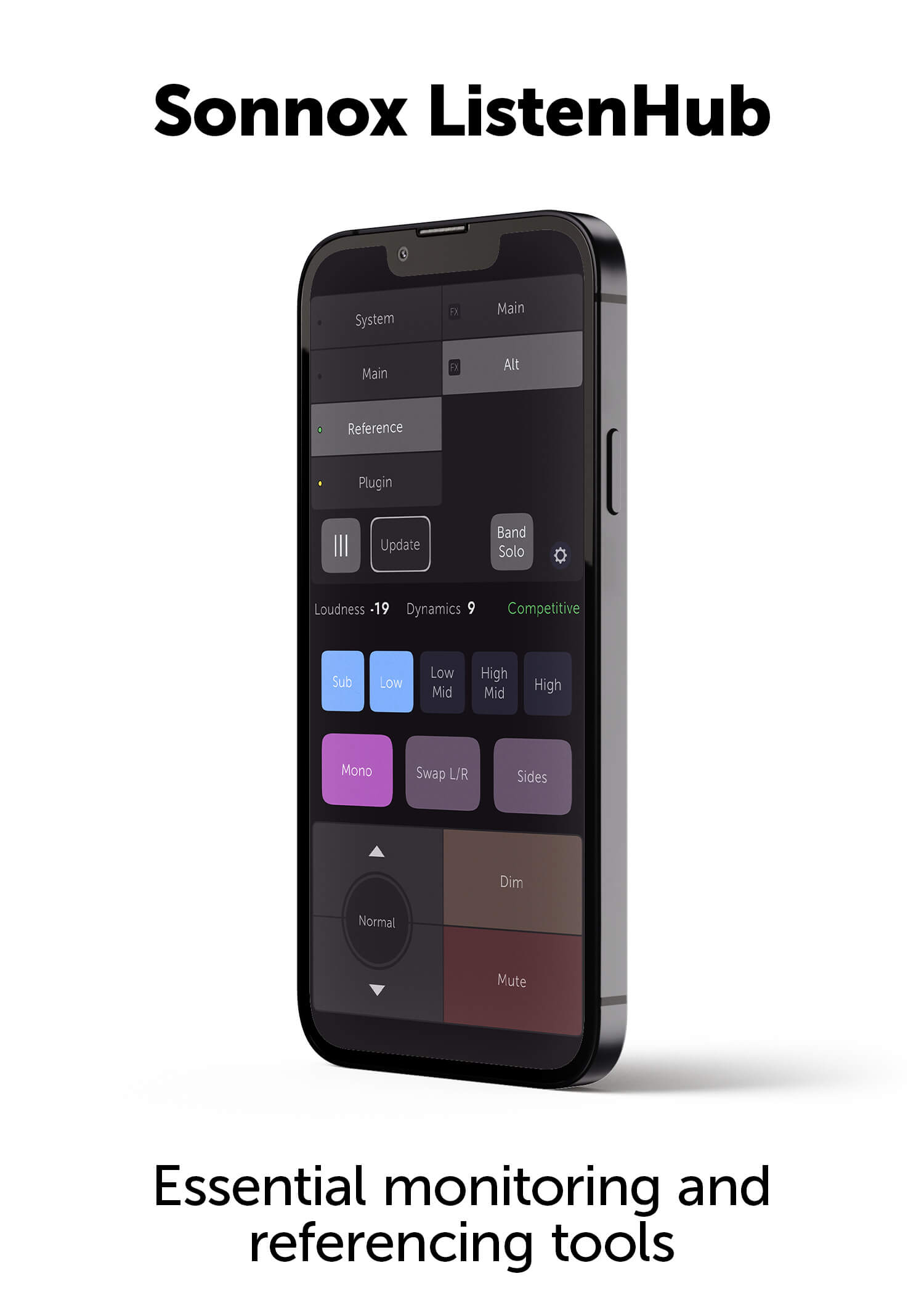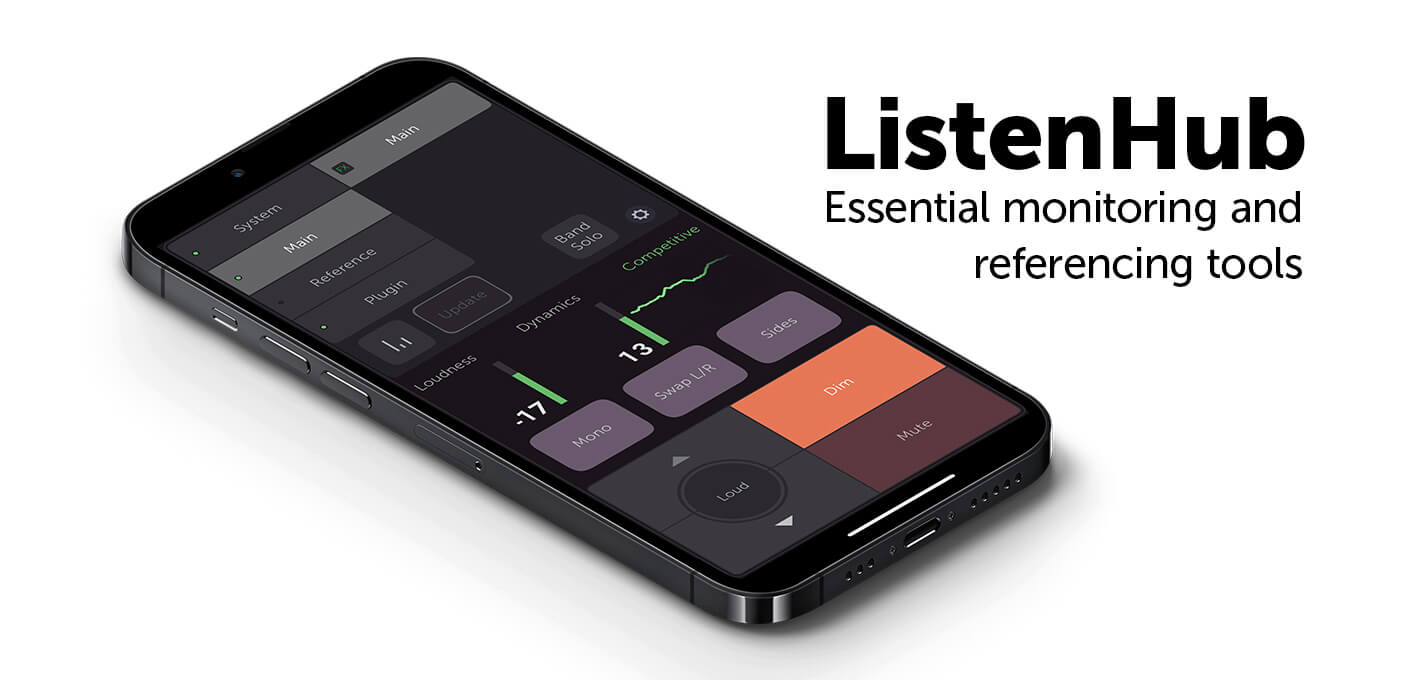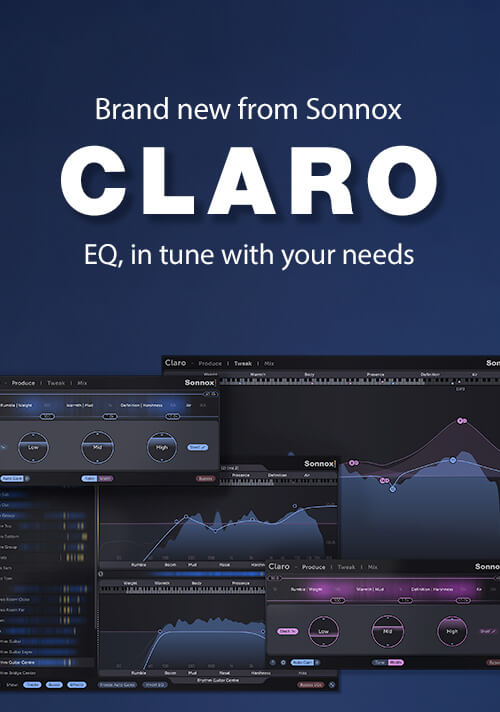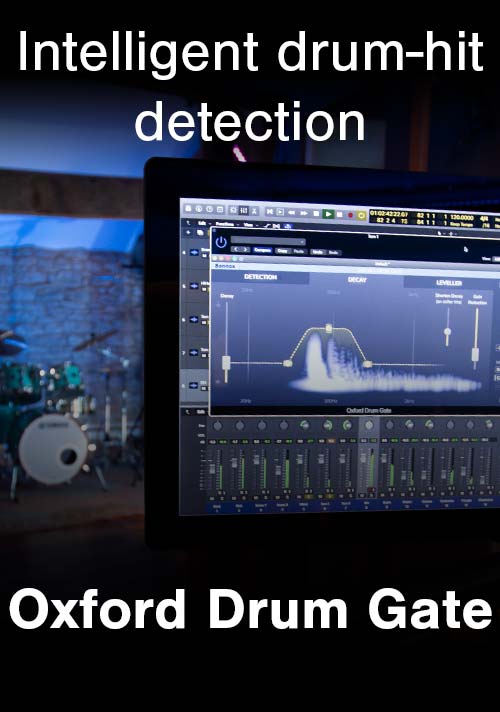Matt Colton
Matt Colton Mastering on the Cutting Edge
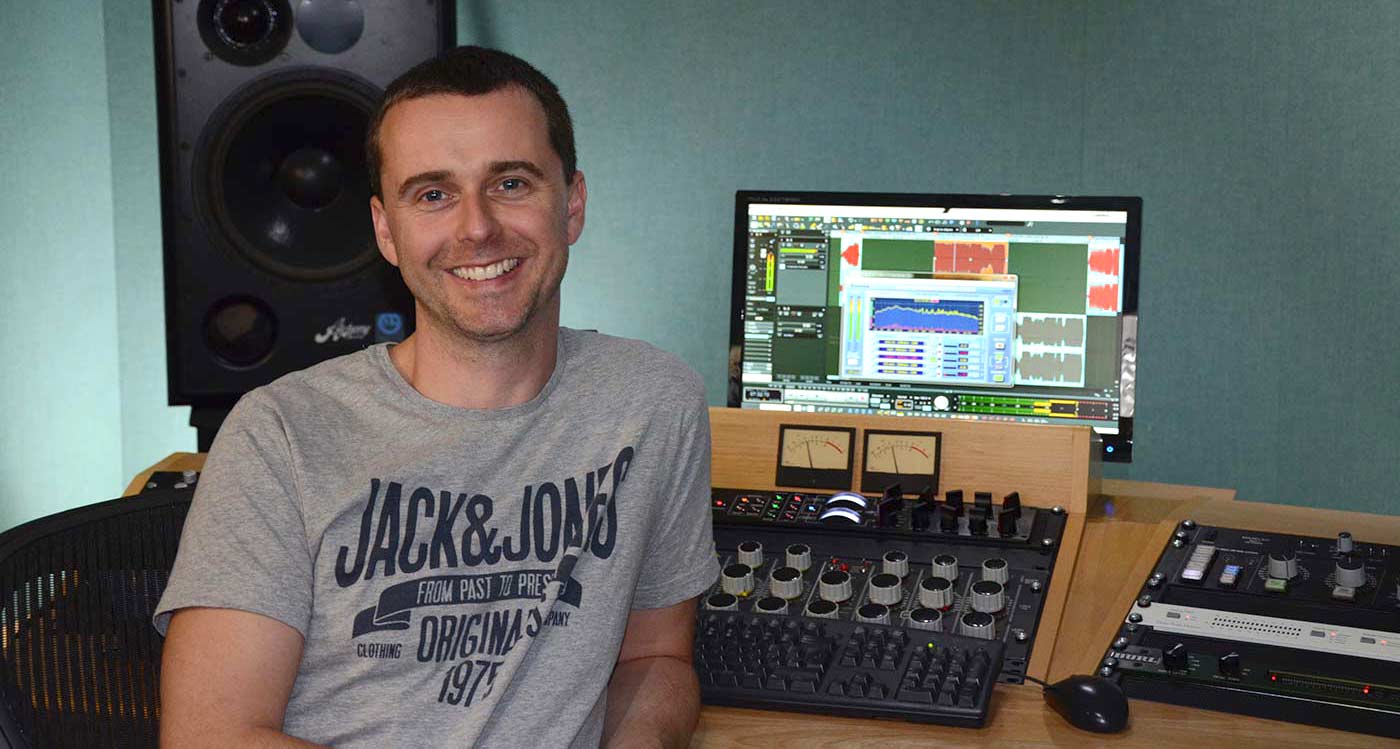
As Director and Mastering Engineer at Alchemy Mastering in London, Matt Colton uses only the finest hardware and software. His impressive credit list includes the likes of James Blake, George Michael, Coldplay, Muse and JJ Doom. We caught up with him recently to discuss his career path, room setup and of course, his use of Sonnox plug-ins.
How did you get your start in the business?
I was working as a commercial producer at a radio station and was programming dance music on an Atari in my spare time. I knew I wanted to work as closely as I could with music and I was beginning to suspect that making it as a recording artist wasn't going to happen for me.
Through the radio station I met cutting engineer Mike Marsh who worked at a London studio called The Exchange. He thought I could do well working in a cutting room and planted the idea in my head. The following week I saw an advert for a trainee to assist in a London mastering studio called Porky's.
I worked my way up from making the tea to CD mastering and finally got my own room and began the slow process of learning to cut vinyl masters. After working at various mastering facilities over the past 15-year or so, I am currently working out of the all-new Alchemy Mastering from our brand new facility in Hammersmith, West London.
Tell us about your room…
I use ATC SCM150 monitors, which are incredible to work on. The sound stage is amazing and the placement and stereo balance is very easy to understand. I have a fantastic soudning Neumann VMS 80 cutting lathe; the amps on it are stunning. Tapewise I use an Ampex ATR100, and a Studer A80 with preview head for pure analogue disc cutting, which uses custom made ultra low noise replay electronics. I have DAD and DCS converters, with outboard from GML, Maselec, Avalon, Summit and TC, and I’m running Sequoia workstations with RME sound cards, and lots of plug-ins.
How did you come to use Sonnox plug ins?
I first used the Oxford Limiter (True Peak Limiter Plugin) about 6 years ago, and it has been my go to limiter ever since. Pretty much every other digital limiter I ever tried seems to pull the audio back, and suck it back in on itself, giving you that brick-walled feeling.
"It gets me the loudness my clients want these days, without smashing everything to bits like most other Limiters."
The Oxford Limiter manages to keep things open, which lets the bass end push through without feeling limited. It's not like it’s transparent, firstly because I don't believe anything is, and secondly because it most definitely has a vibe of its own. It just sounds more musical to me most of the time. Nothing gets slowed down with it – the transients and punch just seem to pass right through. Don’t get me wrong, it doesn’t work on every recording, but nothing ever does. I usually start with the Oxford Limiter and more often than not, that is what ends up getting printed on the mix. It gets me the loudness my clients want these days, without smashing everything to bits like most other Limiters.
Do you use the Oxford EQ?
Yes. I love the EQUALIZER
because it reminds me of an analogue EQ in a way, but it isn't sold as some kind of naff ‘analogue-izer’ emulation. The filters and the Q’s and the way it all works reminds me of EQ’ing in analogue a little bit. You also get a little of that analogue softness and niceness. I use it when I want to add a little flavour to a mix, but don't want it to get too artificial sounding. One of the great aspects of the EQ is the ability to set up 2 different EQs using the A and the B, and then flick between the 2. This can allow you to take 2 different approaches to EQ’ing and to quickly see which one is working best.
I also use the Inflator (Exciter Plugin), and sometimes when you have a quiet but over compressed mix it is just the thing to turn to. Also if you want to feel a little bit more low mix and bass weight in the track that can really do a job for you. Also, I was fortunate enough to have a little insight into the development of the Fraunhofer Pro-Codec and to be part of the beta test, and that is a really useful encoder for me. If clients want, or need MP3s or AACs, that’s what I'm going to use to make them.
Can you give us some specific settings that you like to use on a master?
With the Limiter I usually start with Safe Mode off, Enhance around 15 % and Output level down at -0.6 ish. Att and Rel are at 0.05 ms and the Knee is off. This is a great starting point especially for electronic music that needs to stay fast and sharp sounding. It seems to leave the bass alone and keep the space around everything. This makes for a very clean, unlimited sound.
If I want to add thickness to a mix, or some kind of tape like glue then I will click on the Safe Mode and pull the Enhance back to 0. If it is a rock or a metal track you can really start dialing in slower Attack and Release settings and a bigger knee, again with Safe Mode on and you can get a real rock thickness.
Overall, I find Sonnox Oxford Plug-Ins to be indispensable tools in my kit. They are efficient, easy to master, and they truly help to optimize the work, The Sonnox Fraunhofer Pro-Codec is an especially valuable innovation, and a great time saver.
Interview and editorial provided by Rich Tozzoli
